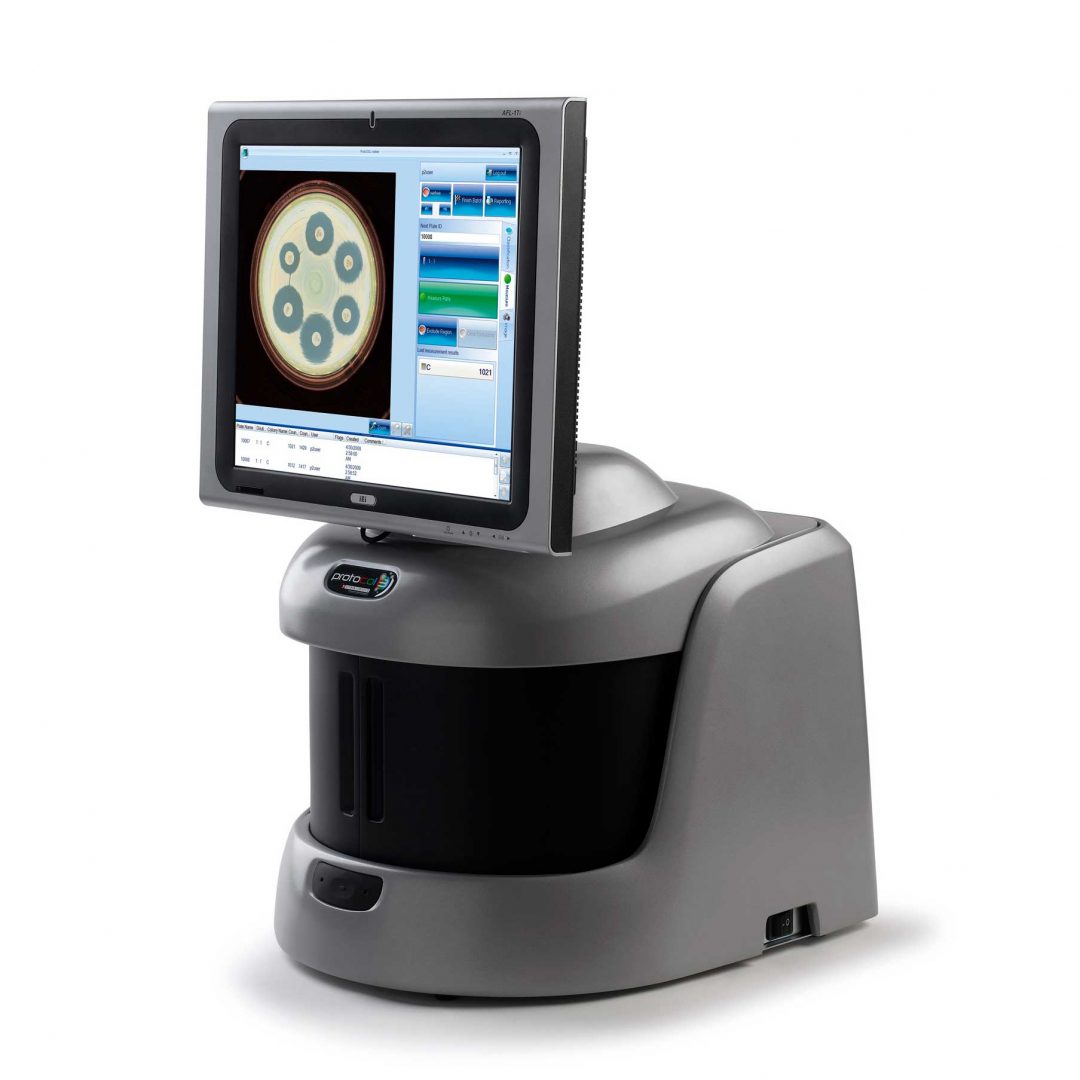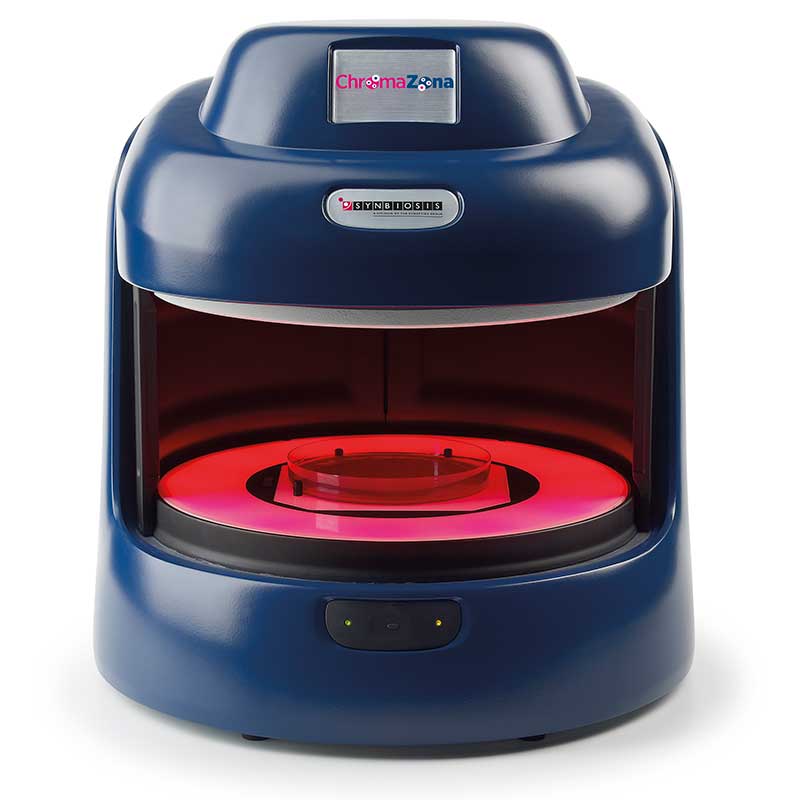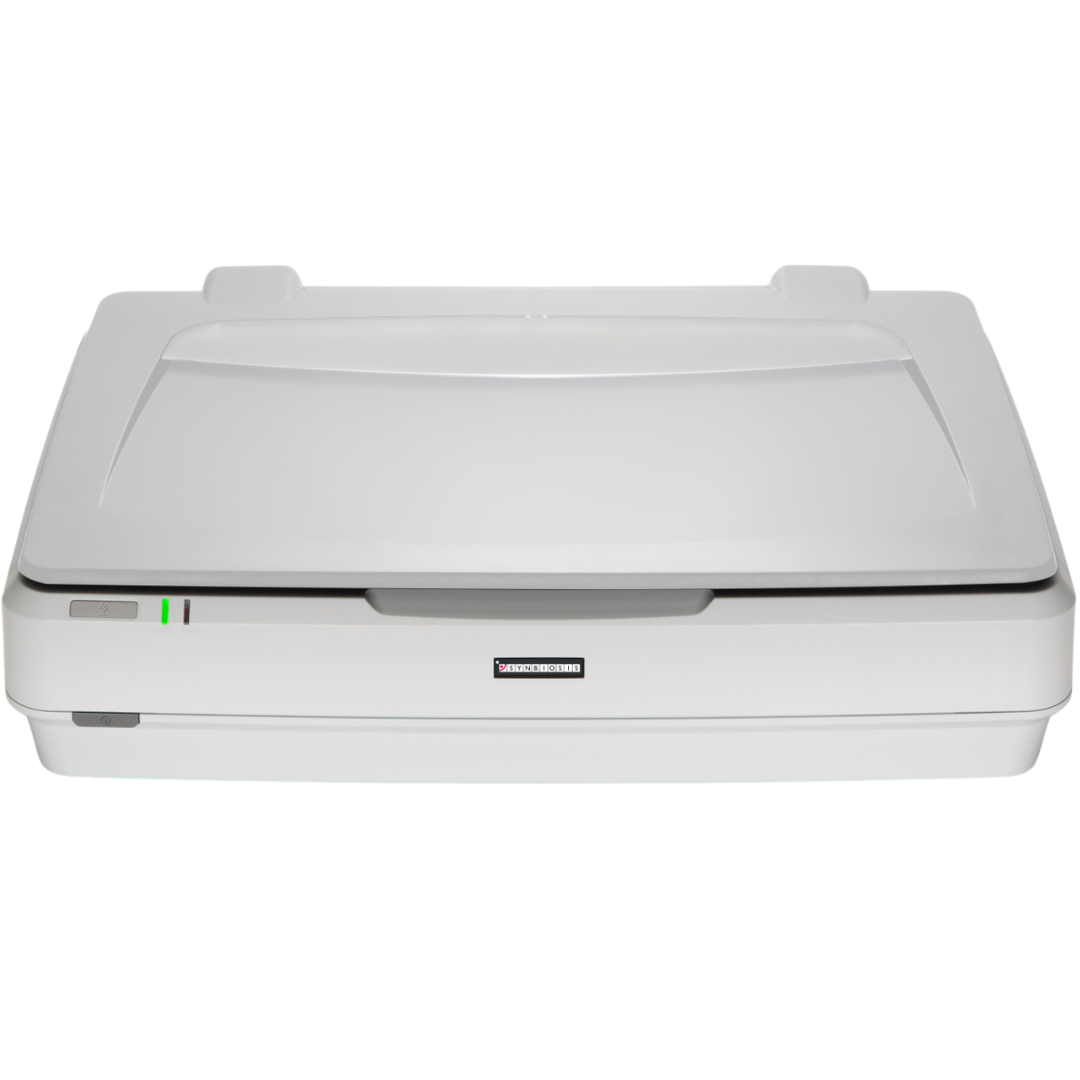Multi-well Applications
Multi-well or ‘microtiter’ plates have become a mainstay of modern laboratories and are used in a wide variety of applications. As well as analytical and biochemical testing, multi-well plates are routinely used in the culture of bacteria, fungi and mammalian cell lines. Research laboratories, universities and industrial laboratories worldwide combine multi-well plates with robotic systems and plate readers to significantly increase the throughput of cell culture assays, saving time and resources.
What does Synbiosis offer?
The incorporation of automated colony counters has the potential to improve efficiency and increase throughput even further. The multi-well software module is available for use with the ProtoCOL 3 systems and ProcScan. The ProtoCOL 3 can handle plates up to 150 mm x 150 mm and the ProcScan is a popular choice for laboratories dealing with larger plates or looking for maximum image resolution.
Multi-well Software
During the set-up stage, the software allows you to choose between round and rectangular plates and define how many rows and columns are present (up to 144 wells). The diameter and position of the wells can also be set at this stage. Once these parameters have been defined, plates can be analysed at the push of a button. Batches of plates can be based on previous settings to minimise set-up times and produce consistent and comparable results. This eliminates the risk of human error and variability between technicians.
Colonies can be classified based on their contrast with the background (light or dark) or based on their colour. The sensitivity and minimum detection size of colonies can be specified, along with the ability to split touching colonies. This enables scientists to set pre-defined parameters for the colonies they are counting and ensure the most accurate results.
Compliance
All colony count results are automatically transferred into a table for storage in a secure database. The database is password protected and so ensures that batches of results cannot be deleted. Additionally, count editing is recorded with a coded flag next to the revised result. Every detail of the sample including pictures of the plates, system configuration, user details, date and time are recorded in professional reports (Excel, Open Office or PDF). The ProtoCOL 3 is fully 21 CFR part 11 compliant with a full audit trail, user access levels and LIMS connection making it ideal for highly regulated settings, such as pharmaceutical microbiology laboratories.
Synbiosis releases free bi-annual software upgrades which can be easily downloaded from the website. This means that customers have access to any improvements and new features that are added to the software.

Figure 1. Images of a 6-well plate before and after analysis in the ProtoCOL 3

Figure 2. Classification of multi-well frame parameters in the ProtoCOL 3 software

Figure 3. Classification of colonies detection parameters in ProtoCOL 3 software

Figure 4. Example of a PDF multi-well results report produced in ProtoCOL 3




